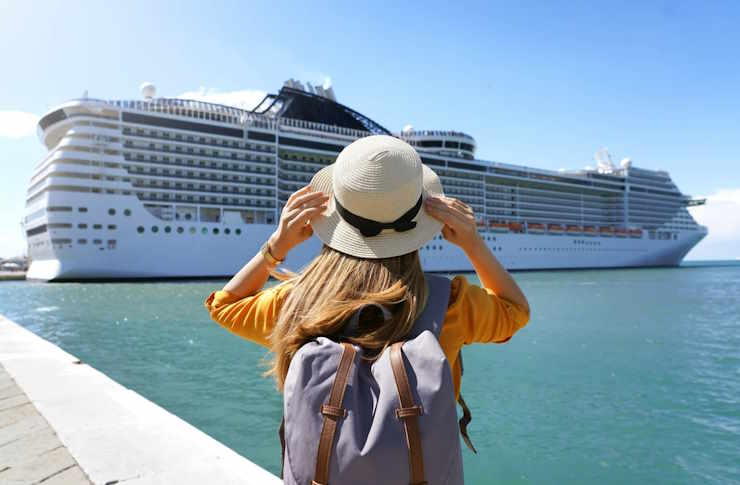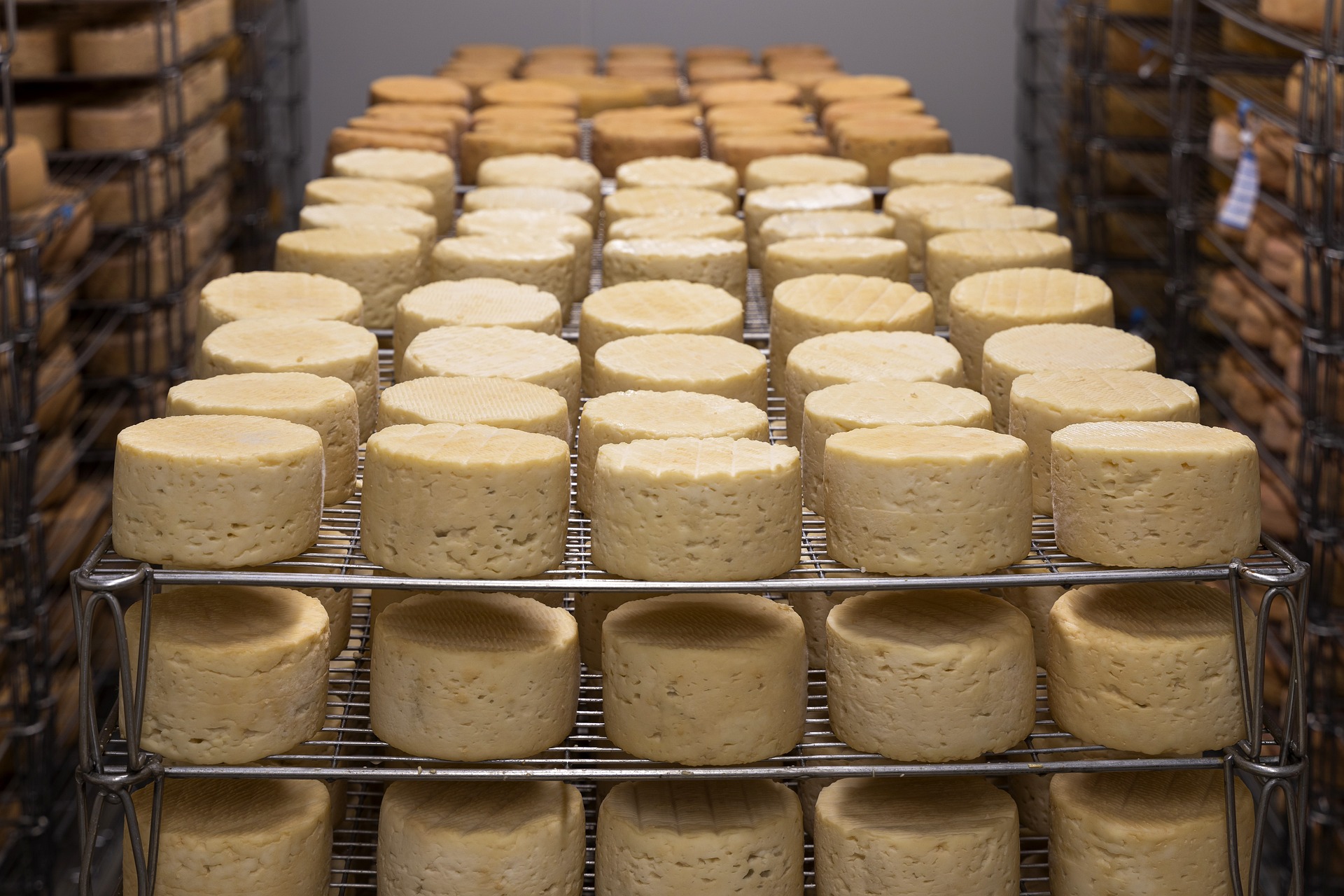The Intriguing Evolution of Cruise Ship Technology
Cruise ships have come a long way from their humble beginnings. With technological advancements, these floating cities have evolved into the epitome of luxury travel. Read below to learn more about the intriguing evolution of cruise ship technology and how it's transforming the travel experience.

The Maiden Voyage: Early Cruise Ship Technology
Cruise ships have been around since the early 1900s, with the first luxurious liner, the Titanic, setting sail in 1912. Despite its disastrous maiden voyage, the Titanic was a marvel of technology for its time. With its state-of-the-art navigational systems and opulent amenities, it set the standard for future cruise ships.
Over the years, cruise ships have evolved to offer more amenities and better technology. They’ve grown in size, allowing for more passengers, and they’ve become more luxurious, offering everything from gourmet dining to Broadway-style shows.
Modern Marvels: Today’s Cruise Ship Technology
Today’s cruise ships are massive, floating cities, complete with shopping malls, movie theaters, and even rock climbing walls. They’re powered by sophisticated propulsion systems and navigational technology. Some ships employ GPS, sonar, and radar to navigate the open seas, while others utilize advanced satellite systems for communication and entertainment purposes.
Cruise companies continuously upgrade their fleets with the latest technology. For instance, the Royal Caribbean’s Quantum of the Seas features a Bionic Bar, where robots mix drinks, and an indoor skydiving simulator. Meanwhile, the MSC Meraviglia offers an indoor promenade with a 480 square meter LED screen, displaying vistas and events throughout the day.
The Future is Here: Cutting-Edge Cruise Technology
Cruise ship technology continues to evolve at a rapid pace. Some of the latest advancements include facial recognition for faster check-ins, wearable technology for onboard purchases and room access, and augmented reality to enhance onboard experiences.
Moreover, cruise lines are becoming more conscious of their environmental impact. Many are adopting eco-friendly technologies such as energy-efficient lighting, water treatment systems, and advanced waste management practices. Some are even exploring the use of alternative fuels to reduce emissions.
Making Waves: The Impact of Technology on the Cruise Experience
The integration of technology has drastically improved the cruise experience. Onboard Wi-Fi allows passengers to stay connected, while interactive deck plans and mobile apps enhance navigation around the ship. Even cabins have seen technological enhancements with the incorporation of virtual balconies, interactive TV systems, and smart controls for lighting and temperature.
This technology is not only making cruising more enjoyable but also more accessible. Innovations such as hearing loops, braille signage, and accessible mobile apps are making cruise ships more accommodating for passengers with disabilities.
Setting Sail: Choosing the Right Cruise
With so many options available, choosing the right cruise can be overwhelming. It’s essential to consider the onboard technology and amenities, along with the itinerary and price. Research the ship’s features, read reviews, and consult with a travel advisor to find the cruise that’s right for you.
Useful Tips and Facts: - Some cruise ships use GPS technology to dock with pinpoint accuracy. - Many cruise lines have mobile apps that allow you to book excursions, make restaurant reservations, and even locate your friends on the ship. - Some modern cruise ships employ stabilizing technology to minimize the effects of rough seas, making the journey smoother and more comfortable.
In conclusion, the evolution of cruise ship technology has transformed the cruising experience. Today’s ships are equipped with mind-boggling amenities and advanced technology that not only enhance the passenger experience but also make cruising more efficient and eco-friendly. As we look to the future, it’s exciting to imagine what new innovations lie in store for the world of cruising.




